With thanks to Eoin Smith, Senior Account Executive, Tricker PR
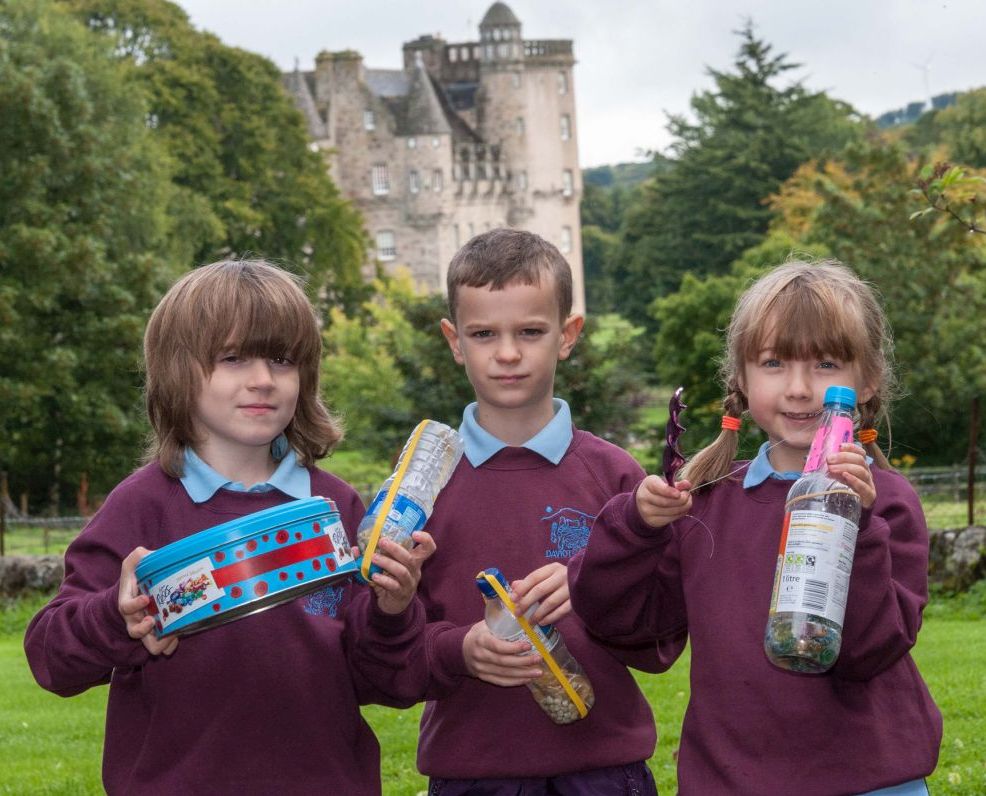 From channelling their inner squirrels to playing detective on the trail of secretive beasties, children from Aberdeen and Aberdeenshire required colourful imaginations as they took up the challenge to go ‘green’ at Castle Fraser.
From channelling their inner squirrels to playing detective on the trail of secretive beasties, children from Aberdeen and Aberdeenshire required colourful imaginations as they took up the challenge to go ‘green’ at Castle Fraser.
The National Trust for Scotland property hosted a series of workshops for over 300 primary school youngsters as part of its annual environmental education event.
The historic castle near Inverurie has been hosting the Going Green initiative in partnership with Total E&P UK for the past eight years. The programme for this year’s event was one of the most diverse to date.
Castle Fraser property manager Paula Swan said:
“The workshops were designed to stimulate the imagination of children, helping them learn about important environmental issues in a fun and creative way.
“The workshops support the Curriculum for Excellence but show that learning about these topics – and promoting environmental responsibility both now and in the future – don’t have to take place in the classroom.
“Over the years that we have been hosting this event we have welcomed hundreds of school children through our doors. Who knows, Going Green may have even inspired some of our future conservationists, biologists and environmental experts.
“We are pleased that we once again hosted Going Green with the support of Total, continuing the very strong and successful partnership which sees us working together to raise environmental awareness at an early age.
“Total has been extremely dedicated to working with Castle Fraser and because of the company’s commitment to the project, thousands of primary school pupils have been able to learn about the importance of the natural world around them.”
Sandra McLennan, corporate social responsibility leader at Total E&P UK, added:
“TEPUK is thrilled to support the NTS in our combined effort to promote the benefits of outdoor learning in the beautiful setting of Castle Fraser. We are especially pleased that the NTS was able to extend Going Green from two days to three to capture the imagination of more children this year.”
The great outdoors was the classroom for the school pupils, with activities including:
- Buzzing with the Bees – a chance for children to learn more about the important role that bees play in the eco-system with the Kemnay Beekeepers who have hives at the castle.
- Minibeast Masterclass – a hunt for minibeasts during which the pupils will discover what all the different beasties eat at Castle Fraser…including other species.
- Hidden Wildlife – playing detective and finding out what animals get up to at night by looking for tracks and signs.
- Making Music – a workshop that will hit the right note with youngsters as it allows them to make instruments out of recyclable goods before learning how to play them.
- Secret Life of Squirrels – pupils learn if they have what it takes to make a good squirrel in an interactive workshop in which they will make their own dreys, hide and store cones, and gather their own food.
- Can You Survive? – Mar Lodge Estate Rangers give tips on the Scottish Outdoor Access Code, and give pointers on making dens and surviving in the wild.
There were also workshops to show how to make dens and survive in the wild, and where pupils could learn how to plant flowers and vegetables, and then nurture them.
Castle Fraser – the ancestral home of the Fraser family – is a baronial castle dating back to the 15th century.
As well as its extensive grounds which include the secret woodland garden, walled garden and estate trails, there are many highlights inside the property, such as the Great Hall, an extensive library and a room packed full of 18th century embroideries.
The National Trust for Scotland is the charity that celebrates and protects Scotland’s heritage. It relies on the support of its members and donors to carry out its important work of caring for the natural and built heritage of Scotland for everyone to enjoy.
You can join the National Trust for Scotland for as little as £7.50 per month for a family. To become a member, visit http://www.nts.org.uk/Join/Benefits/.
You can make a difference and help protect everything in our care. Donate online at https://www.nts.org.uk/Donations/
- Comments enabled – see comments box below. Note, all comments will be moderated.

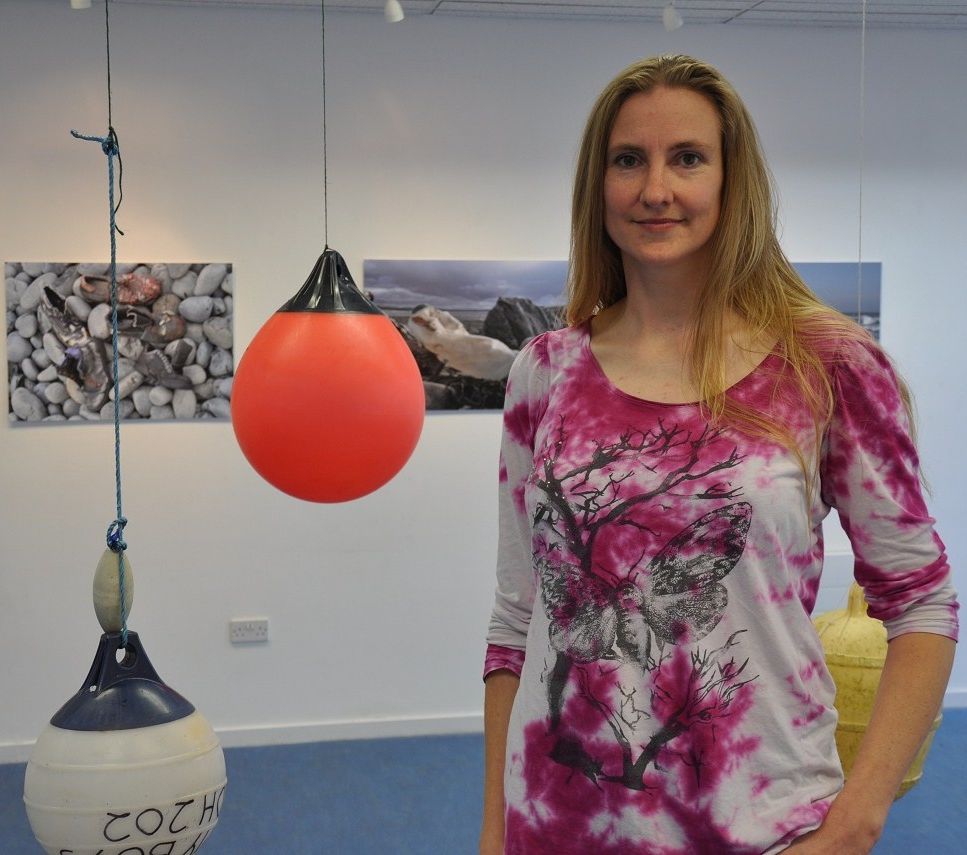
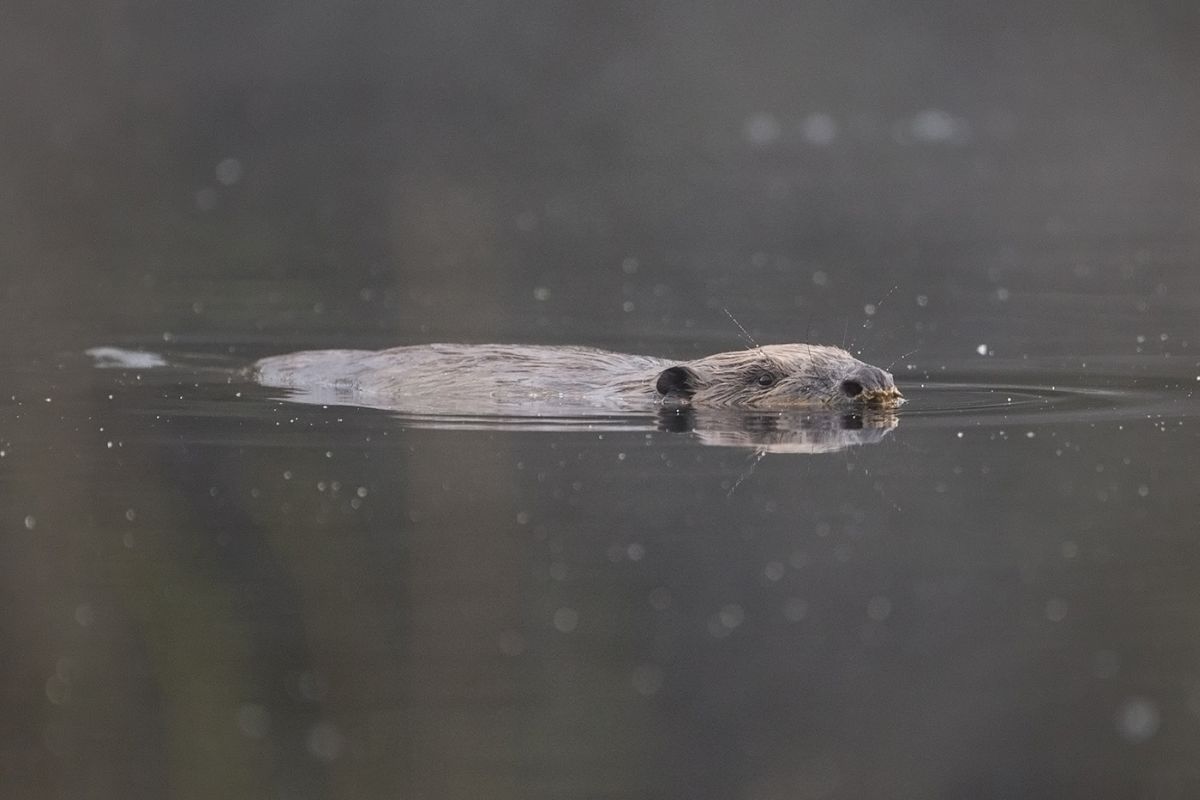

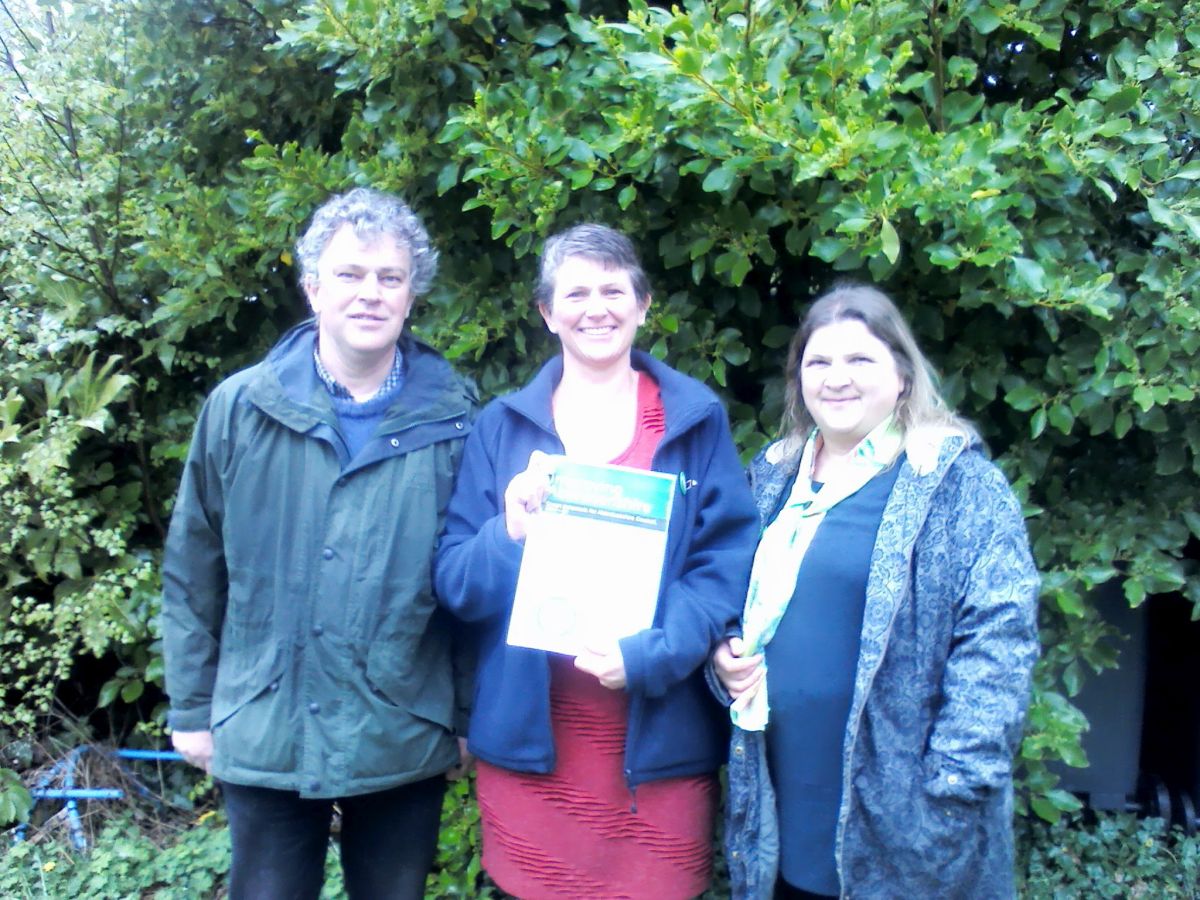

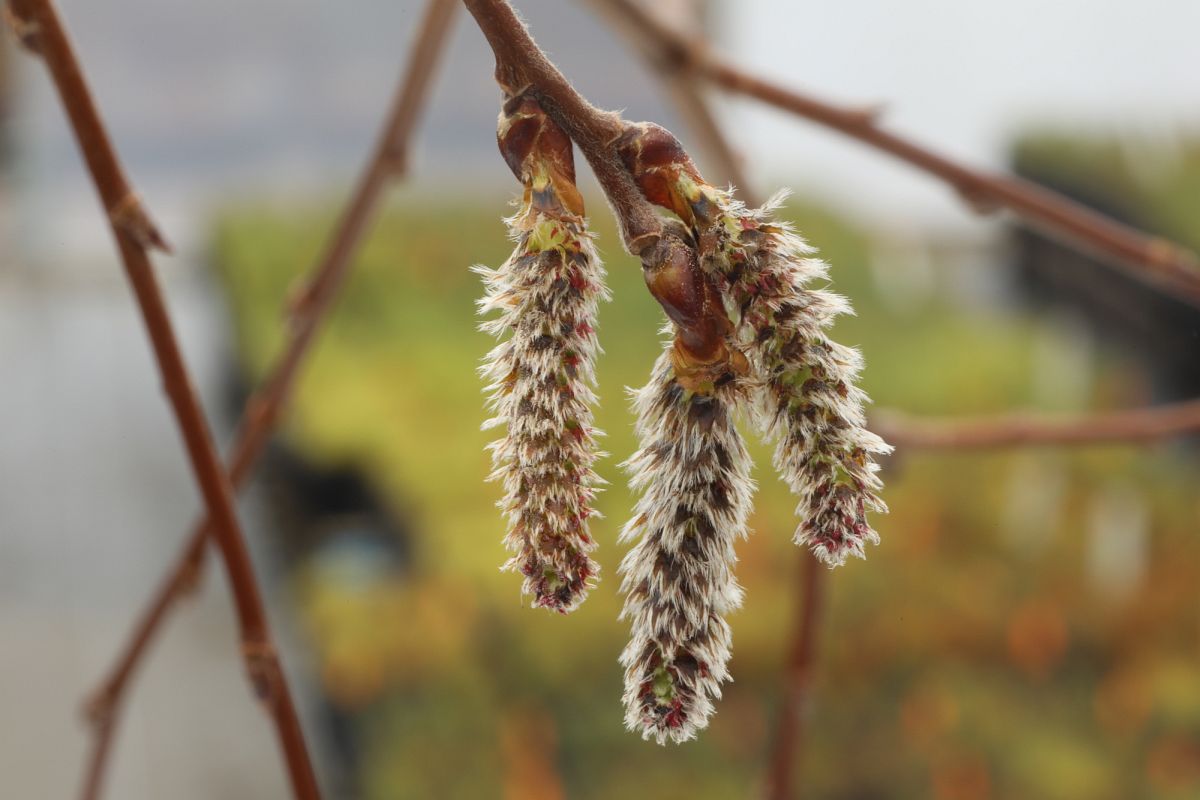
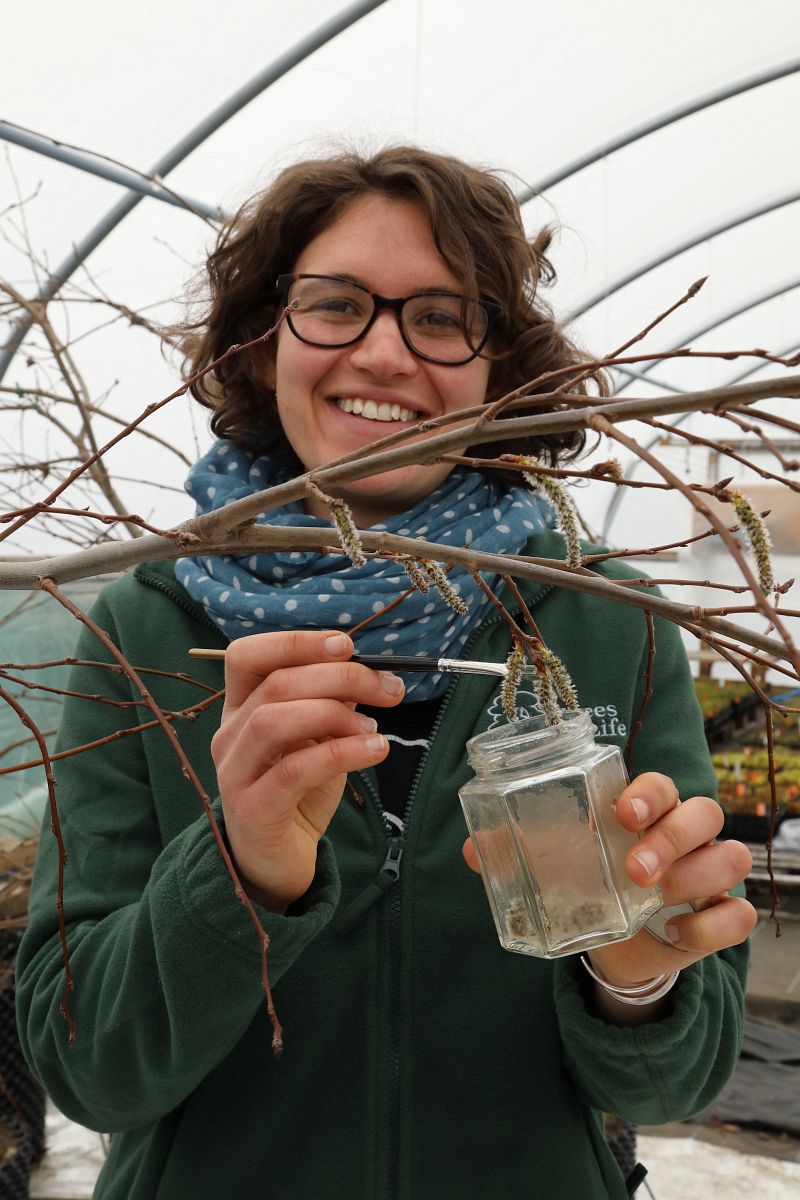
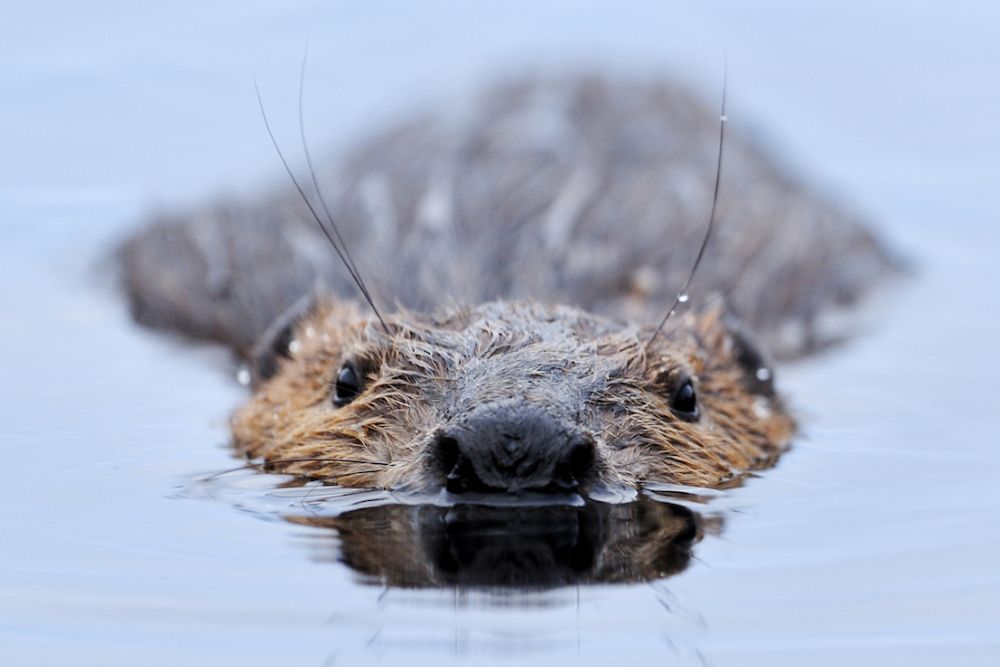


 With thanks to Richard Bunting, Director, Richard Bunting PR.
With thanks to Richard Bunting, Director, Richard Bunting PR.